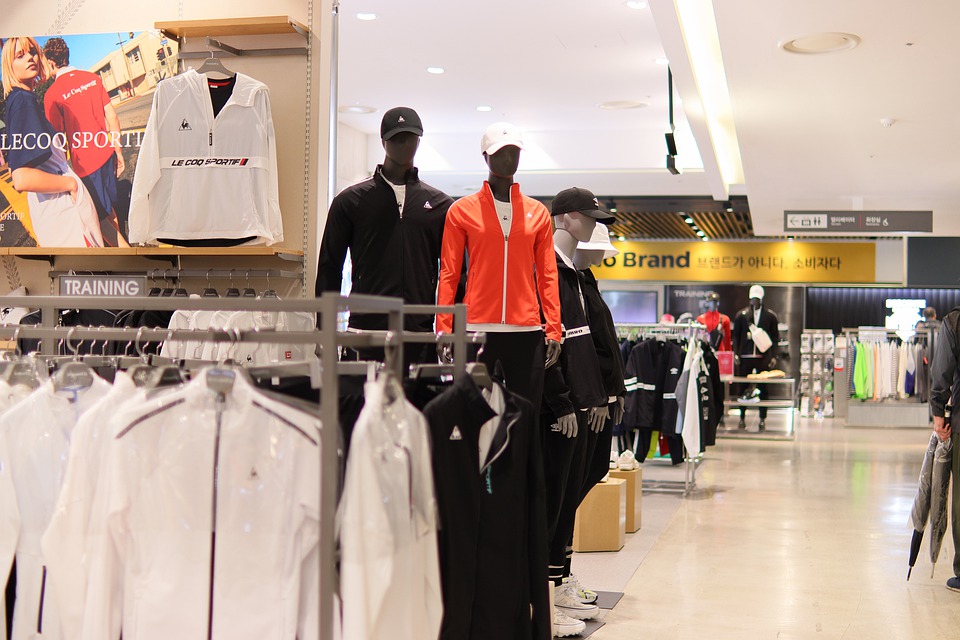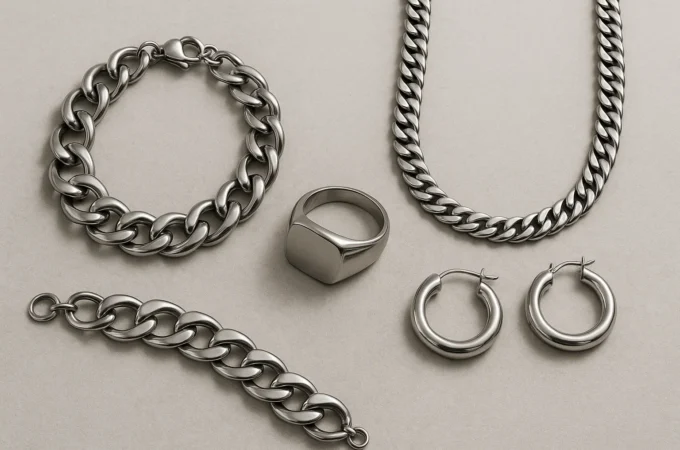
10 Steps to Launching a Fashion Brand
Clothes are more than just a daily necessity. They’re the basic element of your style. Whether you’re spending your free time with friends, working at your dream job, or relaxing at home, what you wear can represent your personality and how you are feeling.
From the logo of the premium brand to the cool cut of a T-shirt, your clothes are akin to a personal statement.
Fashion is much more than just a trend or what’s popular. It’s a shorthand that lets people see a glimpse into your life and is capable of showcasing even your mood.
Since clothes can be so personal, everyone has their own opinion of them. Even with the abundance of clothing brands, people will still experience difficulty finding the perfect brand for themselves.
Perhaps it’s a comfort problem or one of convenience. Maybe we all need a larger amount of more unobtrusive pockets. Whatever it is, fashion can always be improved upon.
If you have plans to start a clothing brand, you probably agree on all these points. You might want to see more fashion options in the world and are set to provide just one more alternative.
But how do you get from having an idea to having a business? Here are some basic steps to guide you on your journey to launch a fashion brand.
A Central Idea
What is your vision when it comes to creating a fashion brand? The first step to succeeding in the market is to have a clear mental picture of what you want to bring to the table.
Before you even start putting together your product, getting your overall idea straight is the best way to ensure that you’re putting out something that can resonate with consumers.
As a newcomer to the scene, this is especially important. If you don’t already have an idea in mind, you should think about what needs there are in the market.
Focus on yourself and your needs. If you can identify something you’re unhappy with, the chances are that others also share your frustrations and will appreciate an innovative solution.

Know Your Niche
You can’t build your business without knowing who it’s for. As great as it would be to try and sell your product to everyone, it simply isn’t possible.
It’s crucial to identify your target audience and know everything about them to be successful. When you know who you want to reach, you have a guiding hand to ensure that you produce the right styles and products.
At the same time, having an intimate understanding of what your buyers want will help you improve and perfect your fashion lines.
You can start with basic information such as demographics like age, race, and gender. However, you also need to consider their interests, lifestyle habits, and purchasing patterns.
A Comprehensive Business Plan
Starting a fashion company is more than just having a product and selling it. You need to have a thoroughly thought-out business plan before you even start.
How big do you want your brand to be? Regardless of where you start, you need to know where you want your brand to go.
You should also consider how accessible your clothes should be. Knowing your target audience will help inform some of your choices when developing your business plan.
After you’ve done all of this, you can work on setting up your business. You’ll need to amass capital and get all the paperwork in order before moving on to the following stages of launching a fashion brand.
Product Design
When it comes down to it, clothes are all about the designs. From simple graphic tees to true-to-life celebrity replicas, whatever you create will be what makes your company unique and special.
Here is where the fun begins: designing your fashion line. This is your chance to design the type of clothing you want to wear — and that people will be excited to wear as well.
At this point, you should also produce samples to ensure that your designs are practical and not just fashionable.
Sourcing and Manufacturing
Many different aspects factor in the success of a fashion brand, but you will never succeed if the quality of your garments is subpar.
To turn your designer dreams into reality, you need to look for and partner up with vendors and manufacturers that deliver the best materials and services to produce the clothes for your brand. This can be exhausting, but it will be worth it when you see your clothes out on the street.
Style and Brand Design
It’s not enough for your clothes to be your calling card. You need to ensure that your branding is consistent across your website, logo, social media, packaging, and marketing campaigns.
After all, your clothes can be the chic new thing, but if they are labeled with a bland logo and accompanying image, no one will want them.
Thankfully, creating a unique brand identity is now easier than ever with AI-powered tools. You can use them to quickly and easily complete your branding tasks like creating a logo with Designhill’s logo creator, designing a website, and interacting on social media.
Figure Out Costs
Whether you’re launching an affordable or premium fashion line, you’ll need to define price points for each item in your collection.
Researching competitor products is the best way to determine how much to charge per piece. You should determine your profit margin, calculating the costs of manufacturing, shipping, and marketing.
However, you should also keep in mind that it’s not always about the cost of the product so much as it is about value.

Marketing Strategies
Now is the time to get the word out about your new fashion brand. Consumers are now spoiled for choice.
Thus, you need to make sure that you gain a following of people who are desperately waiting for your products to launch.
Choosing the proper communication channels is crucial, and a poorly selected platform will result in a failed marketing campaign. As such, you need to figure out the best way to reach your target audience.
Up the Hype
At the presale stage, you need to boost interest in your product. The most effective way to accomplish this is by providing exclusive sneak peeks or hosting giveaways — preferably both.
These techniques will keep customers on the edge of their seats and help boost sales with early interest.
Sales and Distribution
Finally, it’s time to officially get the ball rolling. Make sure you have enough inventory and secure means to distribute them to your customers.
It’s essential to ensure that your brand has the infrastructure to get products from the warehouse to the customer and track them after their purchase, especially if e-commerce is your modus operandi.




